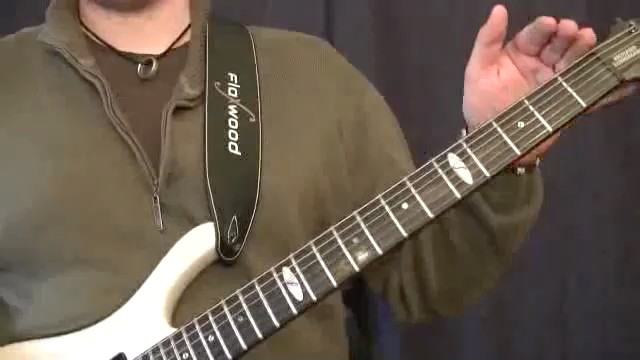-
SaveCompleteInfo1
-
SaveCompleteInfo2
-
SaveCompleteInfo3
-
SaveCompleteInfo4
Instructor: Richard Lundmark Level: Beginner Topic: Technique Style: Any Style
Excerpt: Attention recruit! Welcome to the Bending Boot Camp, where I will break you down, and build you up with the necessary skills to make a bending SEAL out of you! Jokes aside, this tutorial is aimed not throwing bending licks left and right at you, you will find plenty of those here at IG, in my tutorials, and others. rather, the aim here is to break down the ...
Media Length: 1:12
Instructor: Richard Lundmark Level: Beginner Topic: Technique Style: Any Style
Excerpt: So, the first thing we will be looking at is the actual ergonomics of bending, how we use our fingers when bending. The fingertip itself is the focal point when bending, upon which the strings will rest when bending. If you straighten your fingers too much when bending (especially if you suffer form moist hands) you will run the risk of the upper strings (th...
Media Length: 5:44
Instructor: Richard Lundmark Level: Beginner Topic: Technique Style: Any Style
Excerpt: In this part we discuss other things that affect bending on the guitar, namely Scale Length , and fret board Radius. Scale length means the length of the neck from the top nut to the bridge saddle. On a Fender type guitar, the length is usually 25.5", on a PRS 25", and on a Les Paul-type guitar 24,75". A shorter scale length gives the strings (if they a...
Media Length: 3:13
Instructor: Richard Lundmark Level: Beginner Topic: Technique Style: Any Style
Excerpt: String gauge, or the thickness of your strings, is yet another thing that affects bending. If tuned to the same pitch, a thicker string will have higher tension. That is, bending a 0.09 string will be much easier than bending a 0.11 string. 0.09 string are probably the most commonly used guitar string gauge, even though I have seen indications (nothing stati...
Media Length: 6:50




